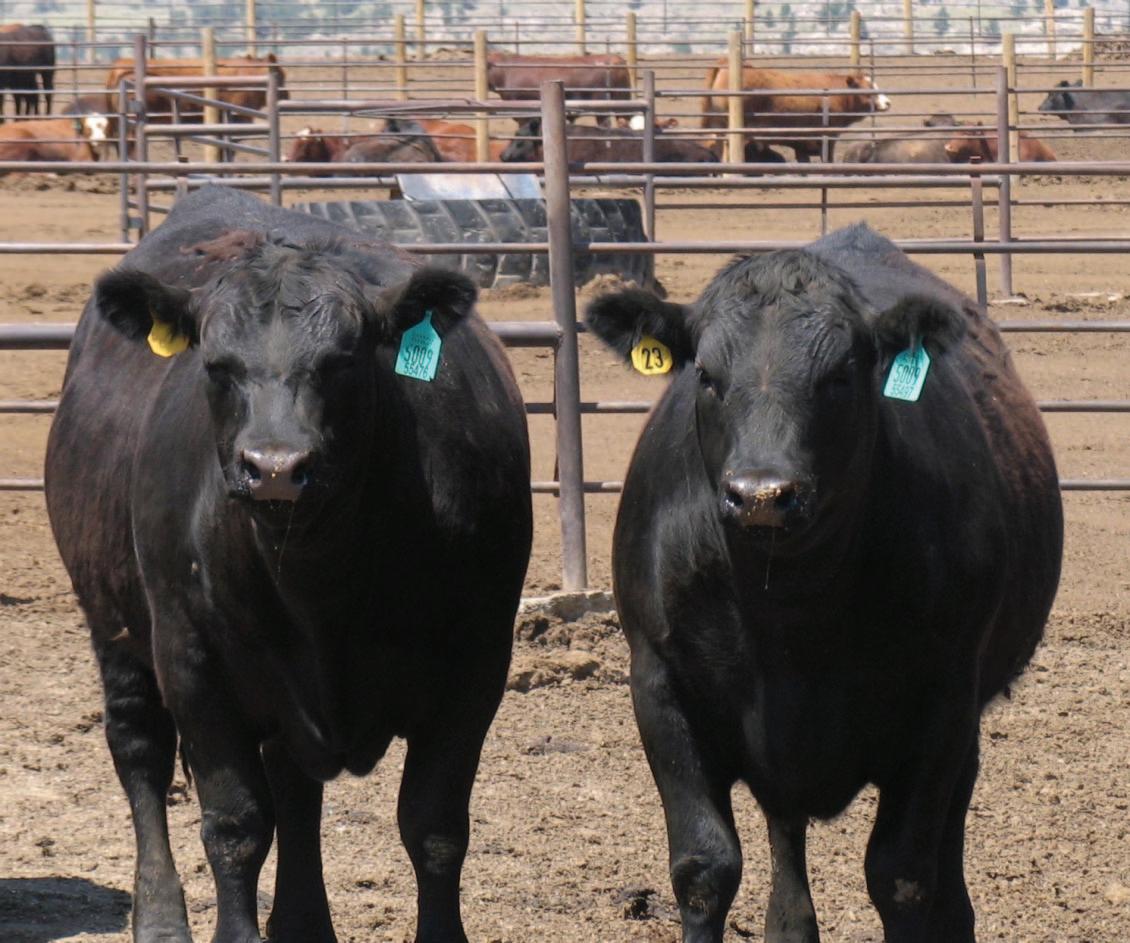
2 minute read
Utilizing Case Definitions for Timely Identification of Uncommon Feedlot Diseases
By: Dr. Jacob Hagenmaier, Production Animal Consultation
Bovine respiratory disease. Diges tive disorders. Acute inter stitial pneumonia. Heart failure. These are some of the most common causes of mortality in feed lot cattle. However, as caregivers it is important to not operate in a vacuum, and we must remember that feedlots are very complex and dynamic systems and an array of other potential causes of morbidity and mortality may need to be considered.
A key component of PAC veterinarians’ epidemiologic approach to servicing our feedyards is developing and continuing to refine case definitions for various diseases. Modified from the Center for Disease Control and Prevention’s definition, there are four key components of case definitions to aid in disease outbreak investigations: 1) the subject (the cattle’s history and signalment, which includes age, phase of production, breed, gender, reproductive status), 2) spatial distribution (disease being observed at the feedyard versus pen-level, etc.), 3) temporality (when is the disease occurring), and 4) clinical signs and post-mortem findings. Human nature gravitates us to rely mostly on clinical signs and post-mortem findings when diagnosing or confirming disease in the feedlot, yet it is equally important to consider the other three components to understand why and how the disease occurred. Furthermore, while identifying disease based on clinical signs alone can be relatively straightforward in some cases, differentiation of some ailments is often more challenging. For instance, lethargy, depression, generalized weakness, and dehydration can all be indicative of either acidosis or bovine respiratory disease, and the other components of the case definition need to be considered to make the most appropriate diagnosis and to aid in corrective action or treatment.
Well-defined case definitions are critical when trying to manage an outbreak of severe morbidity or mortality. A PAC veterinarian recently helped investigate a pen of freshly arrived native beef calves experiencing a sudden flurry of acute untreated pen deads, with several live cattle displaying ataxia (incoordination), generalized weakness, and labored breathing. Evaluation of the affected cattle revealed no fever and clear lungs on auscultation. Upon further inves tigation, it was understood free-choice hay had been provided by placing a round bale in the pen to help with acclimation and provide a source of bedding. Because the cattle had been held off feed and water during transport, the calves charged the hay, which was ultimately discovered to possess high levels of nitrate. Nitrate is converted to nitrite by ruminal bacteria, which converts blood hemoglobin to methemoglobin, ultimately reducing the transport of oxygen to tissues and causing death due to asphyxiation. Necropsies were performed and revealed the chocolate-colored blood due to methemoglobin. Treatments were initiated immediately and included replacement of the hay source and intravenous administration of methylene-blue to replenish the oxygen-carrying capacity of the blood. Reflecting on the key components of the case definition, understanding the outbreak was 1) in a group of newly arrived calves, 2) confined to a single pen, 3) causing acute death, and 4) presenting with clinical signs different than typical infectious diseases observed at the feedlot allowed rapid identification and intervention to mitigate the severity of the situation.

The key lessons from this case are non-specific to nitrate poisoning but highlight the need to emphasize case definitions to aid in diagnosing other non-infectious forms of disease. Providing free-choice hay and bedding to weanling, long-transport cattle is becoming a more commonly adopted practice in the feedlot and inherently increases the opportunity for hay-related toxicities since providing a sole roughage source. Lower levels of toxigenic compounds present in feedstuffs may not pose an issue since total mixed rations are typically fed, but testing of forages that are purchased from an unknown source (especially if a recent drought-affected region) or to be offered as a sole source of feed may be warranted. We encourage you to work with your consulting nutritionist and veterinarian to determine if testing feedstuffs for nitrates or other toxigenic compounds is warranted in your operation.











